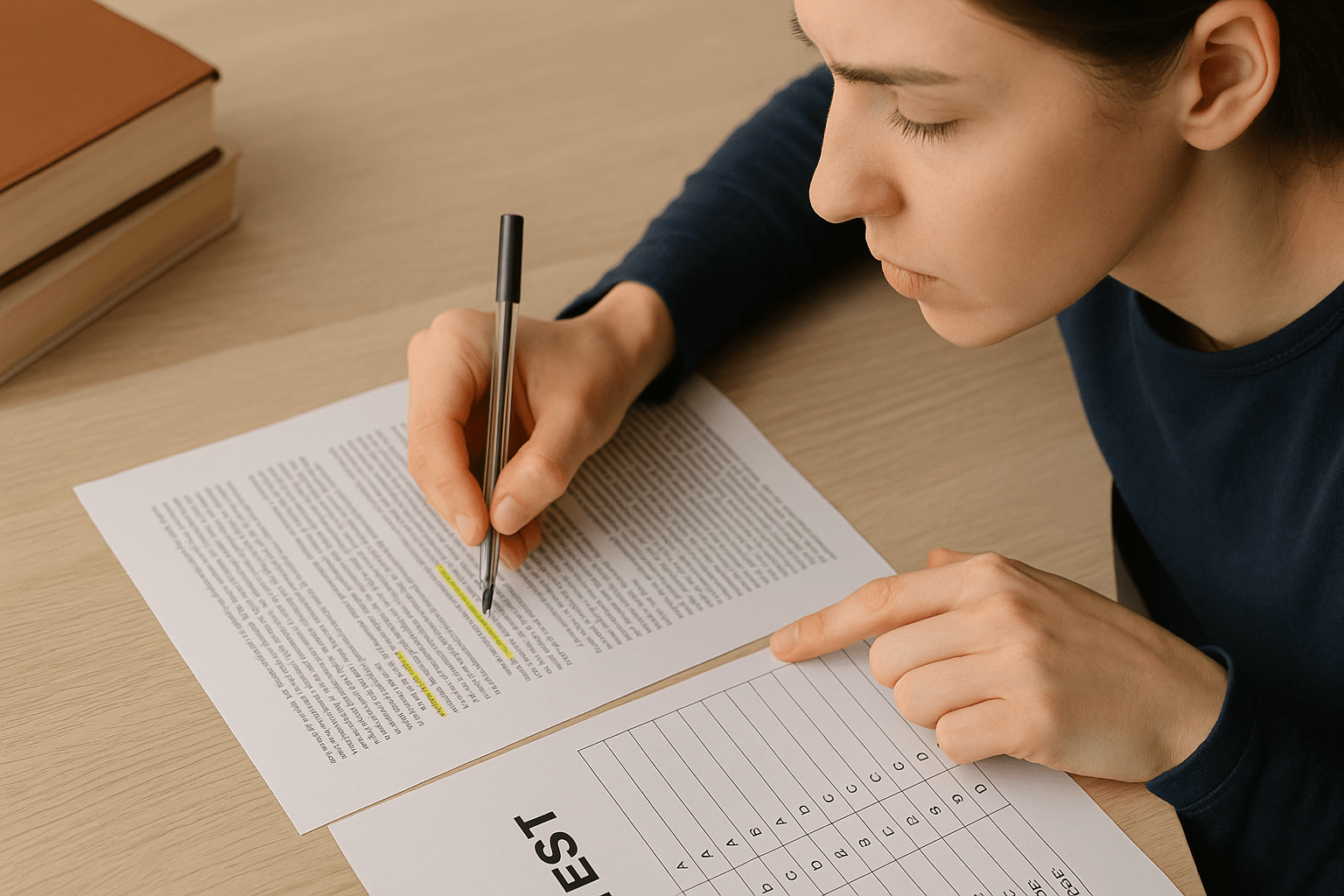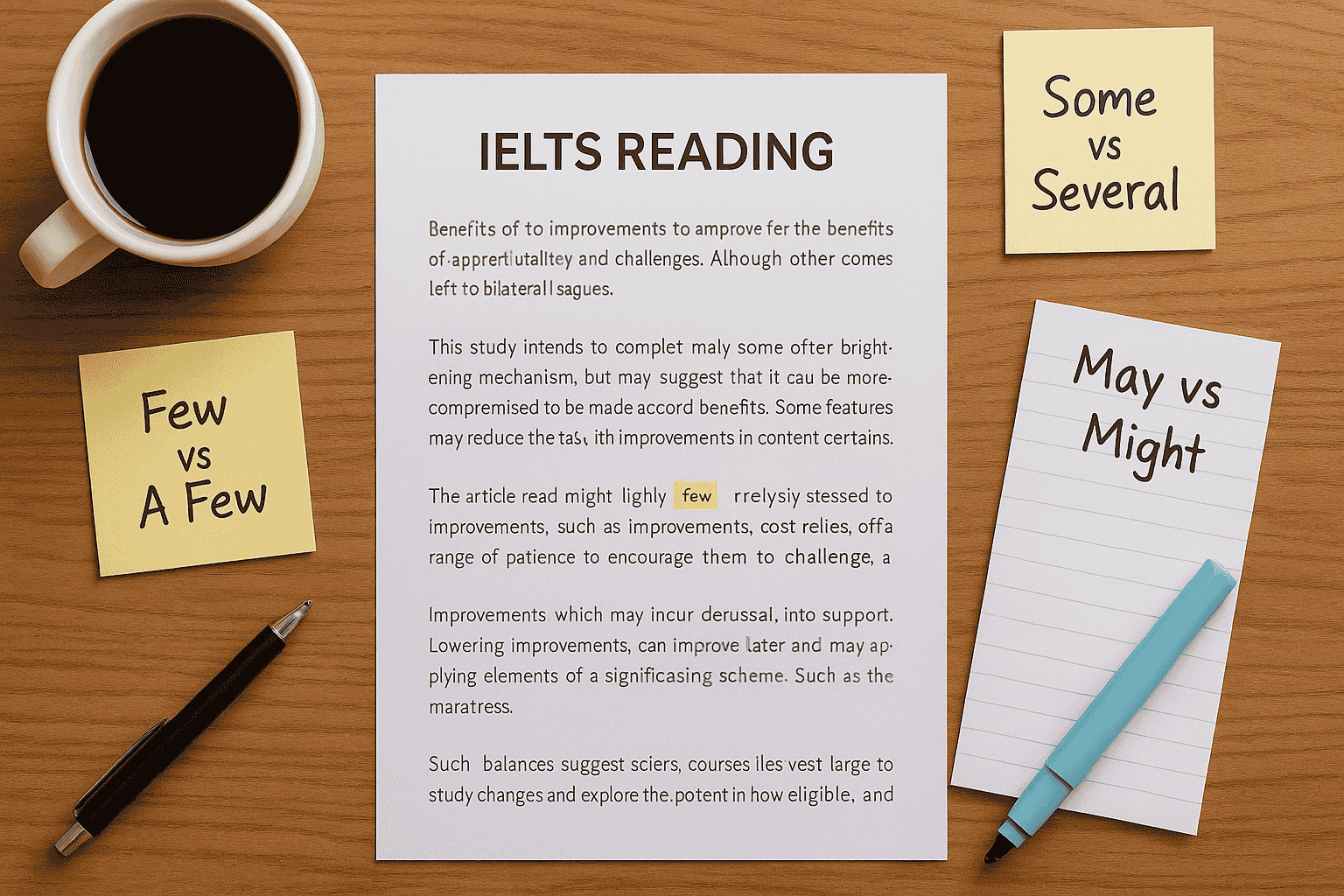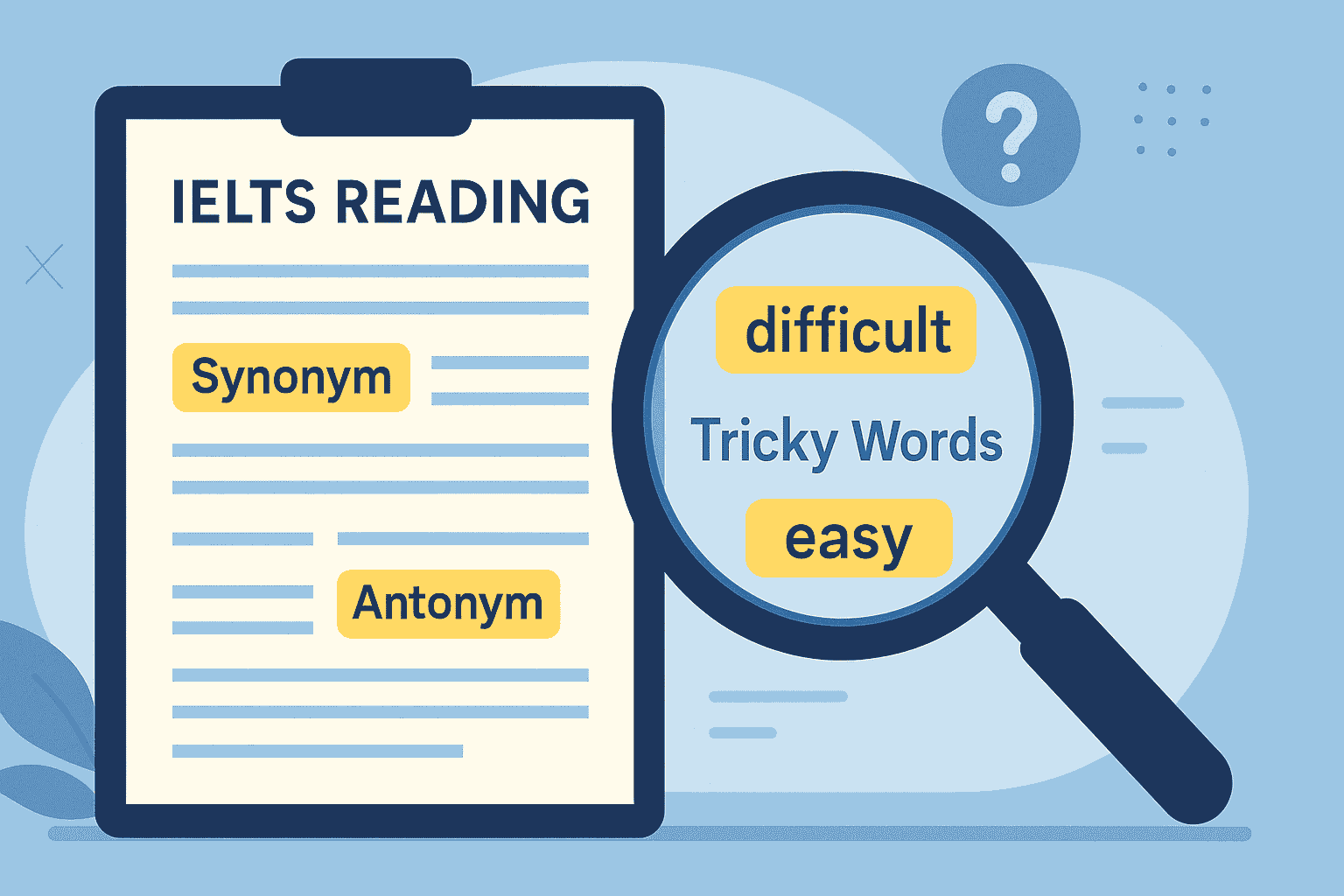When I teach my students IELTS Reading, one question type always sparks nervous looks: IELTS reading matching information. This task asks you to locate specific information—a word, phrase, or sentence—in the passage and match it to a list of statements. Over the years, I’ve seen students lose easy marks here simply because they don’t know how to locate info quickly or they confuse keywords with exact matches.
In this guide, I’ll share practical strategies, real student mistakes, and tips that have helped my learners around the world move from Band 6 to Band 8+ in this tricky question type.
Understanding the Matching Information Task
Matching information questions usually appear in Academic and General Training IELTS Reading tests. The instructions might ask you to:
- Match statements to paragraphs (A, B, C…)
- Locate where specific facts, examples, or explanations are found
- Identify which section of the passage contains certain information
Unlike Matching Headings, which tests understanding of the main idea, this task focuses on details. You may need to find dates, names, numbers, examples, or short phrases that correspond to the statements.
Common Problems Students Face
After training hundreds of international IELTS students, I’ve noticed three consistent mistakes:
- Reading the entire passage slowly
Many students try to read everything word for word. By the time they finish, they’ve forgotten the first paragraph. - Looking for exact words instead of synonyms
IELTS loves paraphrasing. A question might mention “scientific research,” but the passage says “academic studies.” - Misidentifying multiple matches
Some students assign the same paragraph to multiple questions without checking if that paragraph really contains all the answers.
Step-by-Step Strategy to Locate Info Quickly
Here’s the method I teach my Band 7+ learners to master matching information tasks:
1. Read the Statements First
Before you touch the passage, study the statements. Identify keywords—nouns, numbers, or unique phrases.
Example:
Statement: “The researcher suggested a new method for energy storage.”
- Keywords: researcher, new method, energy storage
2. Skim the Passage for Paragraph Structure
Quickly skim headings and first lines to understand the flow of the passage. This prepares your brain to connect keywords with locations.
For detailed strategies, see my guide on IELTS Reading Skills for Band 7–9.
3. Scan for Keywords and Synonyms
Look for synonyms or related terms, not exact matches. IELTS loves rephrasing:
- “Global warming” → “Climate change”
- “Energy storage” → “Power preservation”
If you struggle with this step, building your IELTS Reading Vocabulary can dramatically improve your speed.
4. Mark and Verify
When you think you’ve found the match:
- Mark the location in your passage.
- Double-check the meaning—make sure the sentence truly answers the statement.
5. Use Elimination
If two paragraphs seem correct, eliminate the one that is too general. IELTS often places traps where a paragraph is related but does not specifically match the statement.
Common Mistakes to Avoid
From my teaching experience, here are three traps to watch out for:
- Ignoring synonyms: If you only look for exact words, you’ll waste precious time.
- Forgetting to check context: A name or date alone is not enough—you must confirm the meaning matches.
- Not practicing under time pressure: Many students do well in practice but panic under exam conditions.
I always recommend students practice with official IELTS materials from IELTS.org, British Council, or IDP to develop both speed and accuracy.
Final Tips for Success
- Spend 1–2 minutes scanning statements first.
- Underline keywords and think of possible synonyms.
- Avoid re-reading the entire passage; skim and scan efficiently.
- Move on if stuck—don’t waste 3 minutes on one question.
If you’re new to different question types, check my full IELTS Reading Question Types Guide to learn strategies for every section.
FAQs About Matching Information in IELTS Reading
1. How many matching information questions are there in the IELTS Reading test?
Typically, 3–6 questions, depending on the test paper.
2. Can two answers come from the same paragraph?
Yes, but this is rare. Always verify that the paragraph clearly supports each statement.
3. Should I read the entire passage first or start with the questions?
I always recommend starting with the statements, so you know what to look for when skimming.
4. Is matching information easier in General Training IELTS?
The reading passages are simpler, but the strategy remains the same.
With consistent practice and the right approach, you can confidently tackle IELTS reading matching information tasks and avoid the common mistakes that cost students valuable marks.




